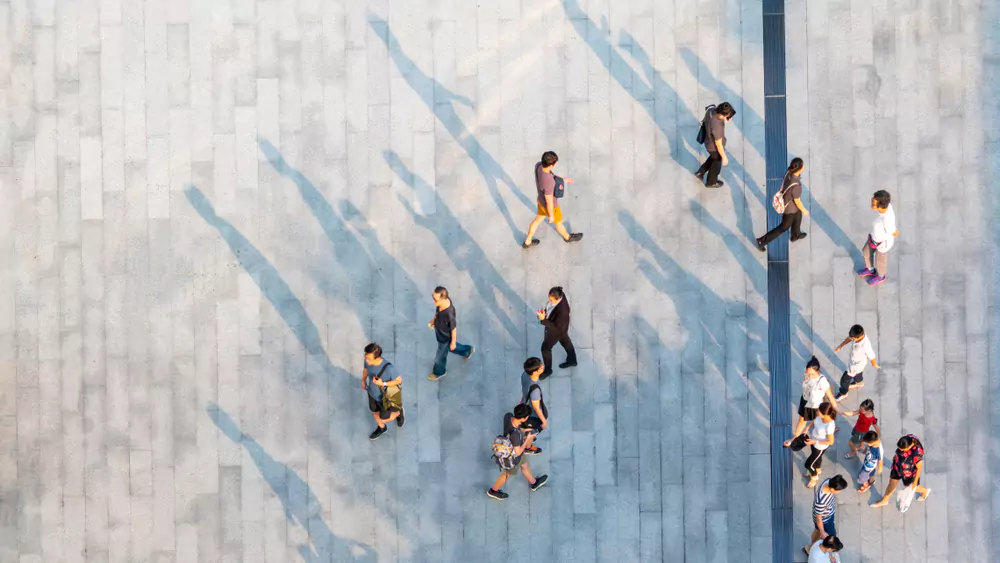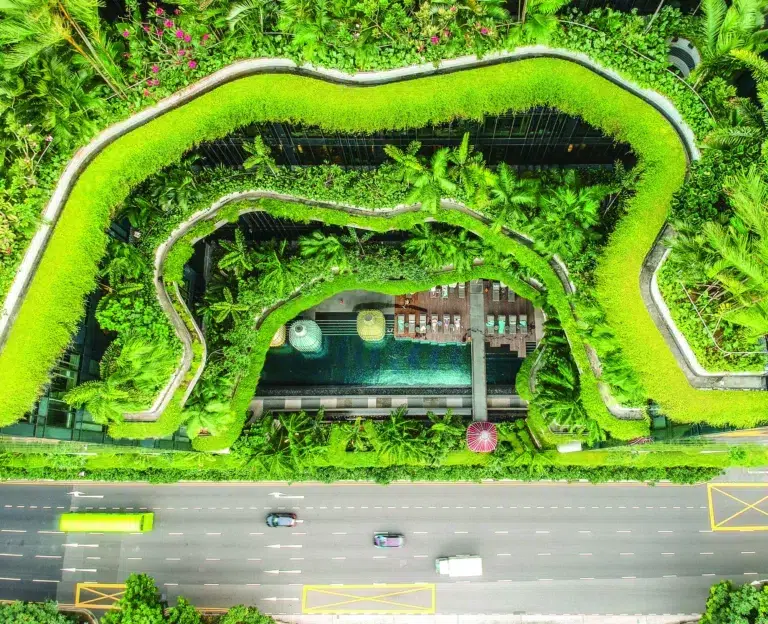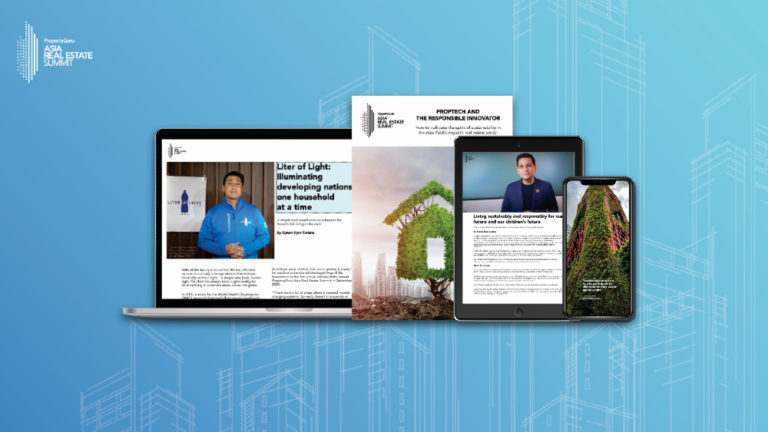The future of APAC’s urban spaces, and more headlines

For PropertyGuru’s news roundup, the rise of the urban middle class within Asia Pacific’s largest metropolitan areas will support a new experience economy that will shape future urban spaces. In other headlines, the emerging markets in the Asia Pacific region show huge potential for the growth of flexible office space. Lastly, Saudi Arabia’s residential market shows strong growth in the second quarter of 2024.
Asia Pacific’s experience economy to shape the future of urban spaces
The rise of the urban middle class within Asia Pacific’s largest metropolitan areas will support a new experience economy, combining human-centric designs and community-based spaces. As a result, consumers in Asia Pacific will demand higher-quality experiences from the built environment anchored by people-first design that promotes community and connection, according to JLL’s 2024 Global Consumer Experience Survey.
JLL has identified creating destination spaces; integrating experience across real estate developments; connecting the physical and digital; focusing on human-centric design; and understanding the value drivers of shared experiences as the top five priorities Asia Pacific consumers are now seeking in urban living environments. Furthermore, JLL analysis shows that most consumers are willing to pay more for higher quality experiences, tapping into this need for connection and community can play a differentiating role in the future success of real estate developments.
“Any conversation around creating a human-centric experience must begin with understanding how people spend their time and what they want to achieve in any given day. Design of spaces should reflect this reality and place people-centricity as core to any space requirement for an organisation. Understanding people is always the first step, followed by intentional design for the moments that matter,” said Emmy-Lou Quirke, Head of People Experience, Consulting, Asia Pacific, JLL.
Asia Pacific’s developing flexible office markets
The emerging markets in the Asia Pacific region show huge potential for the growth of flexible office space.
Piers Mallitte, Asia Pacific head of Savills’ flexible office advisory division, Workthere, says: “There are some exciting developments in the emerging markets across the region and it will be interesting to see which develop into established and mature markets and compete with the likes of Singapore, Hong Kong and Tokyo.”
Workthere operates across 11 global markets including India, Singapore and Vietnam. Its team of workspace experts can advise across any aspect of the flex sector: finding space on behalf of an occupier, filling space on behalf of an owner or operator or managing the space itself.
Across the region, occupiers are faced with a horde of domestic, regional and local players. Mallitte says he is more often seeing major occupiers awarding mandates for their flex requirements, just as they do for traditional office space.
“There is an increasing awareness of flex space and its diverse offerings, from global desk pass memberships to one million sq ft managed deals. This demonstrates flex is here to stay and will continue to contribute towards the global office market and, more importantly, be an effective, efficient tool for businesses,” he says in a Savills report.
The Saudi residential market saw strong underlying growth in Q2
The world leader in commercial real estate advisory services, CBRE Middle East, reports that in the year leading up to Q2 2024, Saudi Arabia’s residential transaction volumes in its three main cities—Riyadh, Jeddah, and Dammam Metropolitan Area (DMA)—saw annual improvements of 51.6 percent, 43.2 percent, and 22.4 percent, respectively.
PropertyNews.ae reports that according to CBRE’s most recent edition of Saudi Arabia’s Residential Market Notes, a portion of the population is searching for the best financing vehicles to obtain suitable mortgage provisions to facilitate their home acquisition despite government efforts to support retail financing facilities through local banks. This is the main cause of the fluctuations in residential sale transactions. Potential buyers have waited for the delivery of new, modern stock, which is expected to bring quality finished units compared to the existing, often ageing stock.
Regarding Riyadh’s residential market, apartment prices have increased annually since Q3 2020. Sales values have increased by approximately 11.7 percent annually over the last four years, resulting in an average sales rate of nearly SAR5,000 per square meter by the end of Q2 2024.
The Property Report editors wrote this article. For more information, email: [email protected].
Recommended
6 green real estate projects reshaping Asia’s future
Developers are being incentivised to push a green agenda into daring new realms
ARES White Paper Volume 3: The era of adaptive reinvention
Pioneering sustainable and innovative practices in urban development
ARES White Paper Volume 2: Unravelling the power of data revolution in real estate
Insights on proptech, smart cities, and sustainable development
ARES Digital White Paper Volume 1: The fundamentals of responsible building
Green and climate heroes join forces to discuss how Asia Pacific can weather the current environmental crises and the looming effects of climate change






